If you click on a link and make a purchase we may receive a small commission. Read our editorial policy.
The Great Comics Switcheroo: April Fools on the funny page
A deep dive into the greatest comics prank of all time

April Fools’ Day pranks are a mixed bag. It’s the kind of humor on which it can be difficult to thread the needle, because a potential joker has to strike a balance between catching folks off guard (as the general nature of the April Fools’ prank involves making a person believe a thing that isn’t true) while not causing those folks any real pain or distress. As a result, there invariably ends up being a varied spread of occasional great jokes, some true misses, and a lot of dry dreck in the middle that just leaves folks feeling exhausted.
Comics, though, didn’t earn the moniker “funny books” out of nowhere, and so it’s fitting that one of the most memorable April Fools' pranks in history took place in the field of one of their earliest forms: the newspaper page.
The Perfect Prank

Known as the Great April Fools' Day Comics Switcheroonie and referred to more simply as the Comic Strip Switcheroo, this 1997 prank wasn’t just a perfect blend of surprise practical joke and harmless fun—there’s a strong case to be made for entering it into the record books on the basis of wide-scale coordination alone.

On April 1st, 1997, still several years before the information delivery systems of the modern internet would become a thing, readers all over the United States woke up to comics pages that looked familiar, but not quite right. Spearheaded by Baby Blues creative team Rick Kirkman and Jerry Scott, forty-six creators of syndicated newspaper comics quietly swapped duties, drawing each other’s strips.
Impressively, the prank was played on not only the readers but on their editors as well, who had no idea the swap was going to happen. The result was a fun day of subverted expectations, with nary a cruel joke or a jump scare to be found. It’s the kind of thing we might take for granted in this day and age, but it started a tradition that has popped up multiple times since.
A New Legacy
Foxtrot scribe Bill Amend referenced the event a few years later in 2001 (again on April Fools’ Day) with a strip in which the stars of other strips made silent cameos. Another four years on, Amend, Get Fuzzy cartoonist Darby Conley, and Pearls Before Swine creator Stephan Pastis ran strips with nearly identical dialogue, and as recently as 2021, cartoonists Olivia Jaimes and Steenz, who had taken over as the regular cartoonists on Nancy and Heart of the City respectively, swapped strips for April Fools’ Day.

As the nature of comics and publishing both changed with the advent of the digital age, even webcomics got in on the fun. In 2016, Alex Norris, (who today we might more closely associate with webcomicname.com, the “oh no” comics), the creator of Dorris McComics, dropped a sketch with a basic script in the group, encouraging other creators to draw it in their style. The result was over fifty webcomics in a four-panel grid, each featuring a bucket of water being dumped on one character’s head while another mused about being the real April Fool. Taking the bit further, many of the creators took to Twitter, pretending to take offense at their idea being ripped off.
It was the kind of joke that if one person had made it, audiences might have interpreted it as a legitimate case of art swiping. In this case, though, the sheer bulk of players proved the joke, and a whole group of artists feigning anger over the same thing became a great bit of silly fun.

Amend’s 2001 follow-up to the original Switcheroo said it best, warning that repeating the joke would leave it feeling old and stale. Subsequent trips to the same well worked by keeping the scale smaller; instead of a large identical event, it’s just the small fun of a couple of creators doing a trade. Even the webcomic gag from 2016 succeeds by being technically a different gag at the same scale; that flourish of originality makes for a fresh laugh and perhaps a recollection of the 1997 incident, without retreading it entirely.
It can’t be overstated how important this sort of humor is to comics as a medium; the simple chuckle brought about by a newspaper strip is one of the earliest backbones of what the comics industry would eventually become. As of this writing, I have no idea what, if anything is planned for April Fools’ Day 2023, but I look forward to checking in on my daily comic strips and finding out.
Hägar the Horrible to celebrate turning 50 by revisiting his early adventuresFollow Popverse for upcoming event coverage and news
Find out how we conduct our review by reading our review policy
Let Popverse be your tour guide through the wilderness of pop culture
Sign in and let us help you find your new favorite thing.


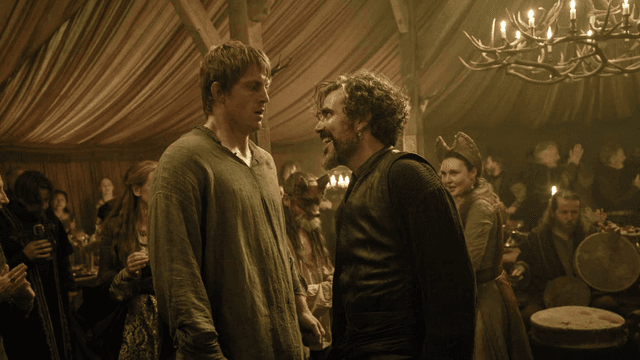


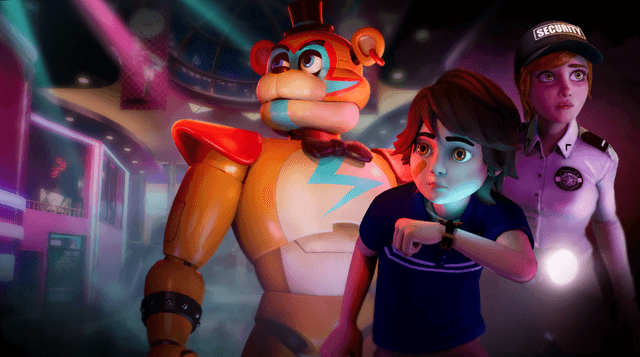
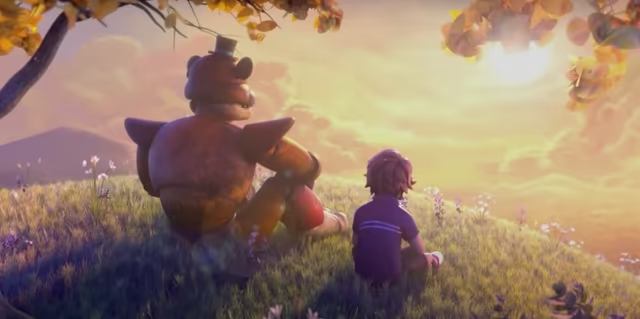
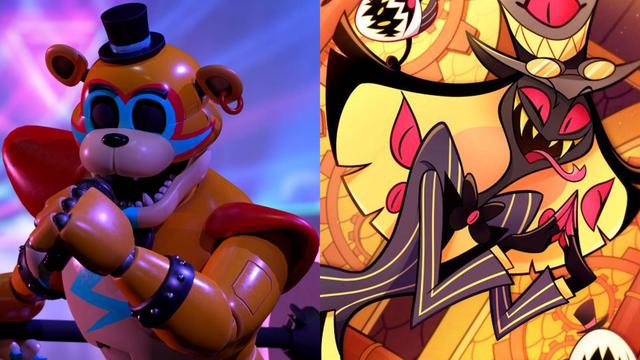

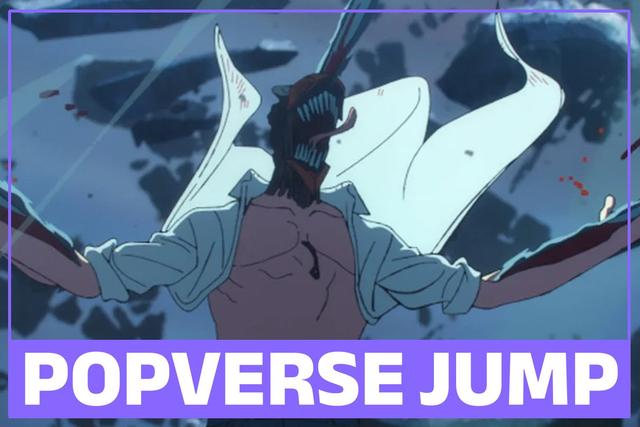






Comments
Want to join the discussion? Please activate your account first.
Visit Reedpop ID if you need to resend the confirmation email.